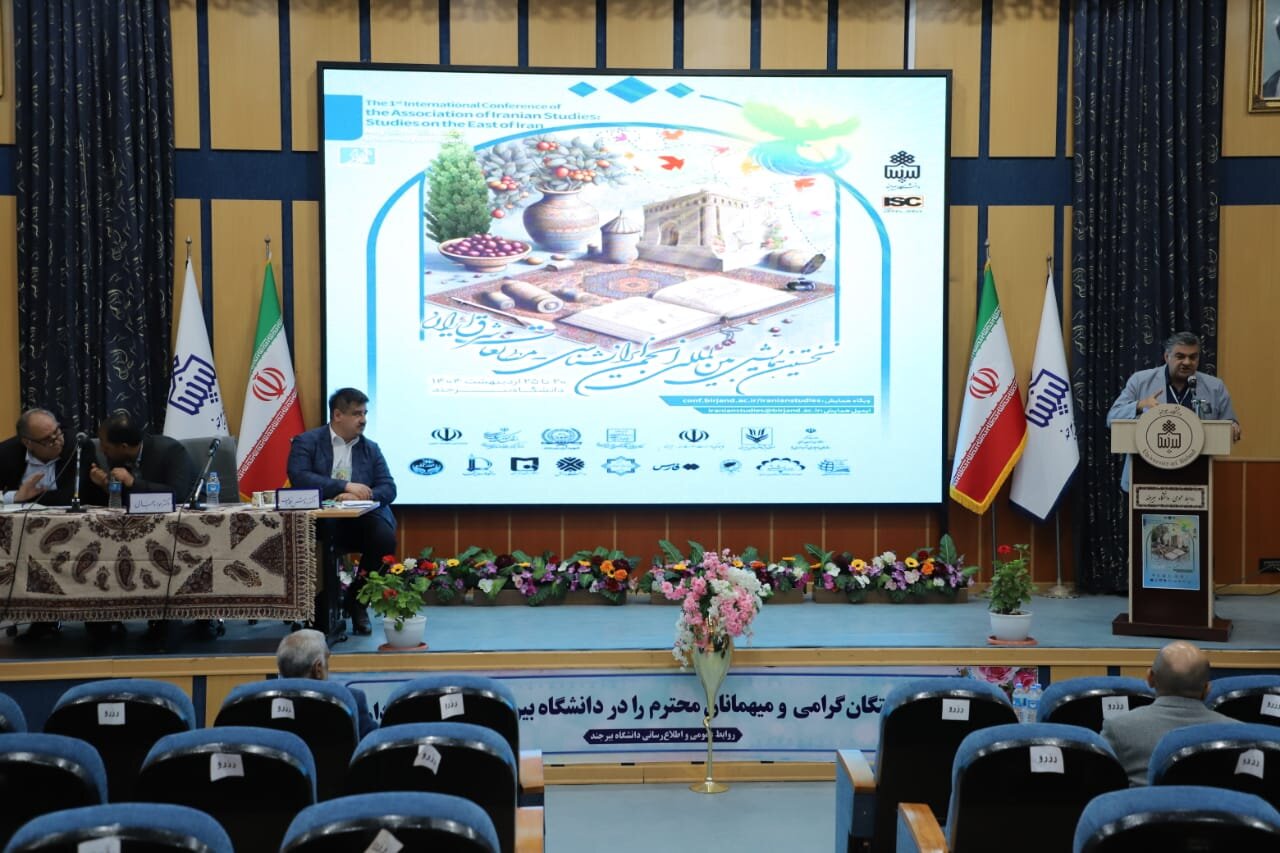Mohammad Ali Ezzatzadeh, secretary of the first International Conference of the Iranian Studies Association (Eastern Iran Studies), told webangah News Agency that this conference was organized through the initiative and efforts of the South Khorasan branch of the association and Birjand University. “our policy at the Iranian Studies Association prioritized two objectives: first, hosting an international conference, and second, ensuring its sessions could be held across Iran rather than being confined to Tehran,” he explained.
The event attracted participants from Central Asian countries-Uzbekistan,Kyrgyzstan,Kazakhstan,and Tajikistan (excluding Turkmenistan)-and also scholars from afghanistan,Georgia,and India. Some international attendees also served as academic committee members.
Ezzatzadeh emphasized a core intellectual tension observed during discussions: “We grapple with differentiating political iran from Greater Cultural Iran-a civilizational sphere extending beyond modern borders.This isn’t necessarily a conflict but a pivotal debate influencing contemporary challenges.” He cited Afghanistan’s policies suppressing Persian/Farsi language despite its demographic meaning as one manifestation.
The conference featured ten thematic sessions spanning archaeology, arts, social studies, and Persian literature. Of 150 submitted papers, 120 passed peer review with 30 selected for presentation-a testament to robust scholarly engagement nationwide.
A closing resolution proposed establishing permanent secretariats for biennial conferences while advocating expanded Iranian studies curricula nationwide. It urged safeguarding intangible heritage like regional dialects through cross-border academic collaborations-particularly with Persian-speaking nations were linguistic policies remain contentious.


